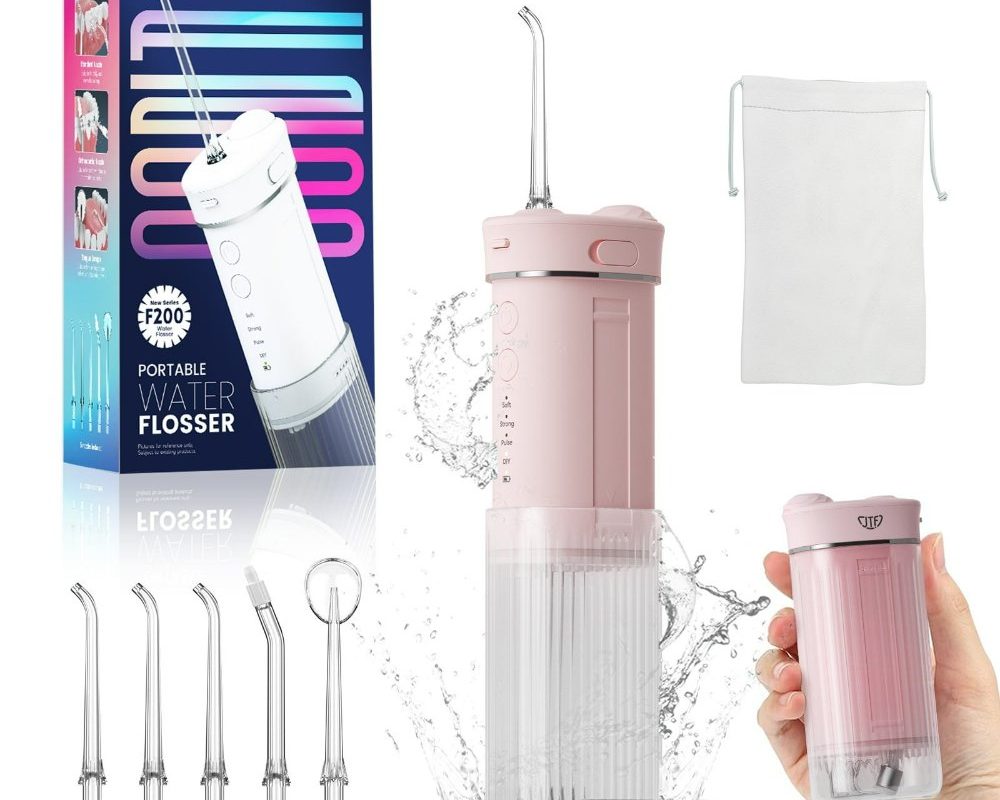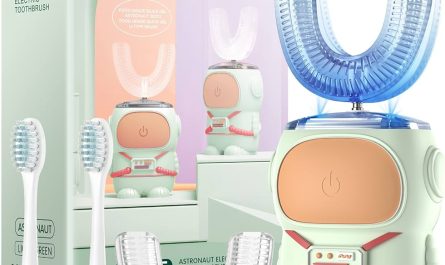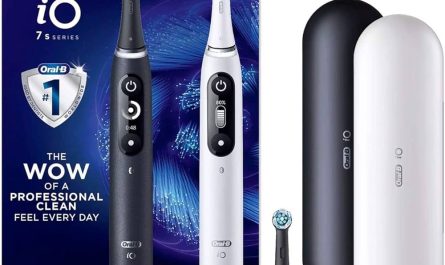Introduction to Water Flossing
Water flossing is a cutting-edge approach to oral hygiene. Instead of traditional string floss, this method uses a stream of water. A water flosser cleans between teeth and below the gumline. Many people find water flossing easier on the gums. It is also helpful for those with braces or dental work.
When learning how to use a water flosser, one must understand its benefits. It reduces plaque build-up and helps prevent gum disease. Water flossing is efficient at removing food particles. It can reach places that a toothbrush cannot.
To start, you’ll need the right water flosser for your needs. There are various models available. Some are compact for travel, while others have multiple settings. Before buying, consider your budget and specific dental needs.
As you familiarize yourself with how to use a water flosser, consider its features. Look for adjustable pressure settings and different nozzle tips. These features can tailor the flossing experience to your comfort level.
In the following sections, we’ll provide a detailed guide on how to use a water flosser. We’ll include tips to make water flossing effective. We will also discuss maintaining your device and solving common problems. Lastly, we will explore the many benefits of making water flossing part of your daily routine.
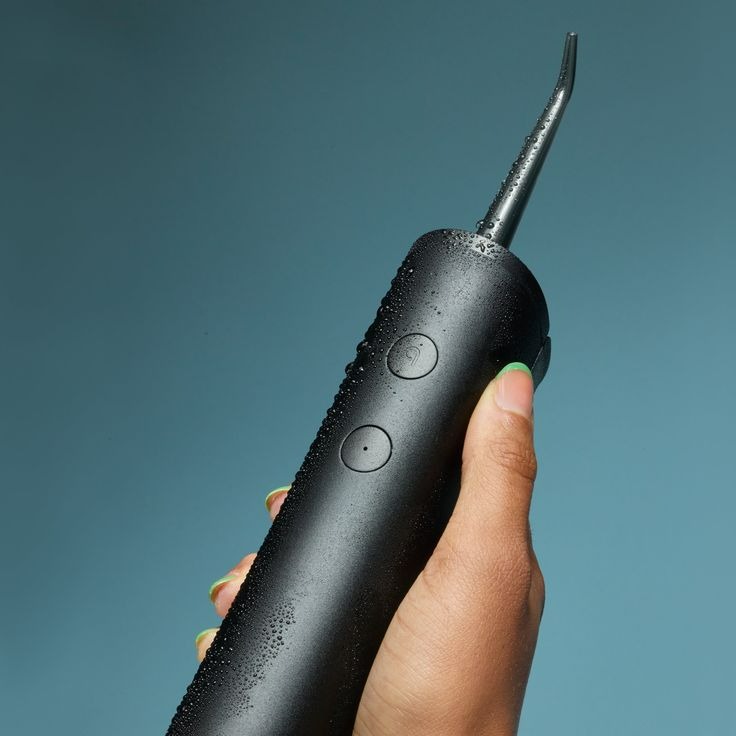
Selecting the Right Water Flosser
Selecting the right water flosser is key to a successful oral hygiene routine. With the various models on the market, it’s important to choose one that meets your specific needs. Here’s how to make the right choice:
- Evaluate Your Needs: Consider any special dental work, like braces or implants, which may require a gentle water stream.
- Check for Adjustability: Look for a flosser with adjustable pressure settings to control the intensity of the water stream.
- Consider Portability: If you travel often, a compact and portable water flosser might be best for you.
- Examine Power Sources: Some flossers are cordless and rechargeable, while others plug into the wall. Choose what fits your bathroom setup and lifestyle.
- Look at Nozzle Options: Different nozzle tips can target specific areas in your mouth. A model with multiple tips offers versatility.
- Research Durability: Read reviews to gauge how long a water flosser typically lasts. Durable models may be more cost-effective in the long run.
By carefully considering these factors when choosing your water flosser, you can ensure that you select a device that is easy to use, comfortable, and effective for maintaining your dental health.
Understanding Water Flosser Features
When selecting your water flosser, understanding its features is crucial. Each feature enhances the flossing experience.
- Adjustable Pressure Settings: This allows you to control the force of the water stream. It’s vital for sensitive gums and various dental needs.
- Multiple Nozzle Tips: Different tips can reach unique parts of your mouth. They help clean around braces and below the gumline.
- Rotation Angles: Some flossers have rotating heads for better access. This makes reaching all areas of your mouth easier.
- Water Capacity: A larger reservoir means you won’t need to refill mid-floss. Consider how much water the unit holds.
- Pulsation Technology: Pulsating streams can provide a more effective clean. They help dislodge particles and reduce plaque.
- Mode Selections: Look for flossers with different modes. Some include massage settings to stimulate gums.
- Battery Life: For cordless models, check how long the battery lasts. It should hold enough charge for your routine.
By understanding how to use water flosser features, you can customize your flossing. This ensures the best possible oral hygiene experience. Choose a flosser that matches both your needs and preferences.
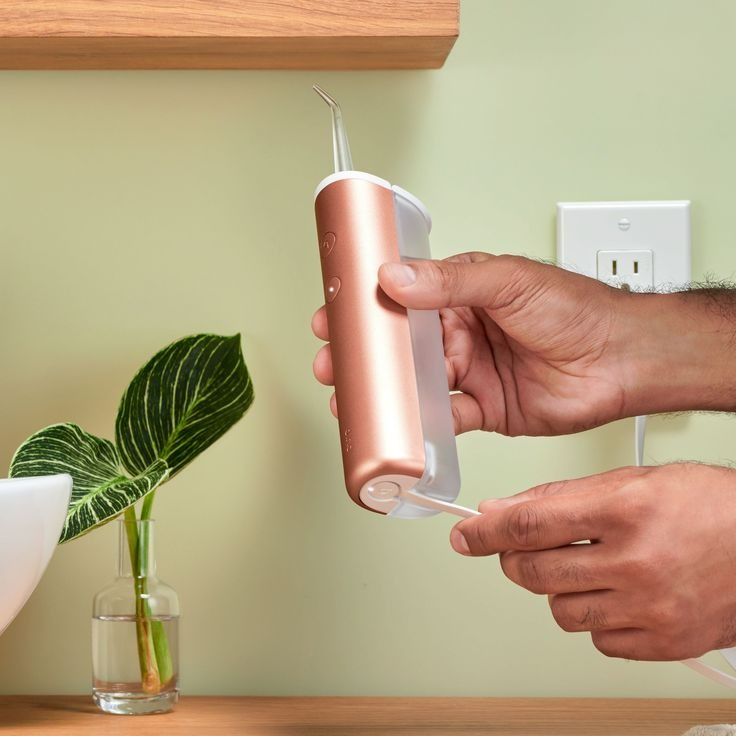
Step-by-Step Guide to Using a Water Flosser
Getting started with your water flosser is easy once you know the steps. Follow this simple guide to use your water flosser effectively:
- Fill the Reservoir: Begin by filling the water flosser’s tank with warm water. This is more comfortable for your gums and teeth.
- Select the Tip: Attach the appropriate nozzle tip for your needs. Remember to change it every 3-6 months for hygiene.
- Adjust the Pressure: Start with the lowest setting and adjust it as you get comfortable. It should be firm but not painful.
- Lean over the Sink: When you turn on the flosser, water will spray, so it’s best to lean over the sink.
- Turn On the Flosser: Guide the tip along your gumline and between teeth. Take it slow, and don’t force it into tight spaces.
- Be Systematic: Clean the entire mouth by following a pattern. Start from the back teeth and move towards the front.
- Focus on Each Tooth: Spend a few seconds on each tooth. Aim the stream towards the base of the tooth and the spaces in between.
- Empty the Reservoir: After flossing, turn off the device. If there’s leftover water, let it empty to prevent bacterial growth.
- Clean the Flosser: Rinse the tip under running water. Wipe down the unit and leave it to air dry.
Remember to use your water flosser at least once a day, preferably at night. With regular use, you’ll notice healthier gums and reduced plaque in your oral care routine. By following these steps on how to use a water flosser, you set yourself up for long-term dental health success. Keep in mind to be gentle and patient as you get used to water flossing, and with time, it will become second nature.
Tips for Effective Water Flossing
To get the most out of your water flosser, follow these practical tips:
- Use Warm Water: Start with warm water in the reservoir for comfort.
- Begin Gently: Use the lowest pressure setting at first, then increase as needed.
- Go Slow: Move the flosser nozzle slowly along the gumline and between teeth.
- Stay Consistent: Floss every tooth to ensure a thorough clean.
- Time it Right: Use your water flosser for at least one minute each session.
- Clean Regularly: After each use, clean the flosser to prevent bacteria build-up.
- Replace Tips Occasionally: Change out nozzle tips every 3-6 months for best results.
By sticking to these guidelines, you’ll enhance your water flossing technique. This can lead to better oral health and a more pleasant flossing experience.
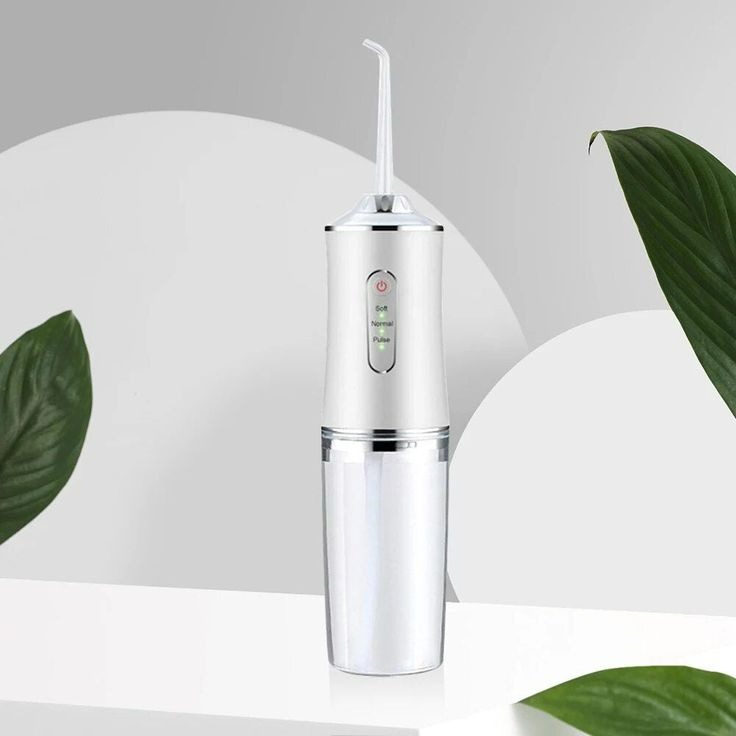
Maintaining Your Water Flosser
Keeping your water flosser in good condition ensures its effectiveness and longevity. Proper maintenance prevents bacteria buildup and keeps your device functioning smoothly. Here’s how to maintain your water flosser:
- Regular Cleaning: After each use, empty and rinse out the reservoir. This habit stops bacteria from growing inside the unit.
- Wipe the Exterior: Use a damp cloth to clean the outside of the water flosser. Don’t forget to dry it off after wiping.
- Nozzle Care: Remove the nozzle after use, rinse well under water, and dry it before storage. Replace the nozzle as recommended, every 3-6 months.
- Check for Debris: Occasionally, check the water flosser tip for trapped particles. Clean it out to ensure a strong, steady stream during use.
- Descale Regularly: Depending on your water hardness, descale the device to prevent mineral buildup. You can usually do this with a vinegar solution.
- Battery Maintenance: For cordless models, charge the battery fully, and don’t overcharge.
- Read the Manual: Your device’s manual will have specific care instructions. Follow these to avoid any damage through improper care.
By following these steps on how to use water flosser maintenance tips, your device will remain hygienic and efficient. Remember, a well-maintained water flosser is key to achieving the best oral health results.
Troubleshooting Common Issues
Like any device, a water flosser may face occasional issues. Knowing how to resolve them can save time and stress. Here are common problems and how to fix them:
- Weak Water Stream: Check the reservoir for enough water. Make sure the nozzle tip is clear of blockages. If the issue persists, inspect the pump and hose for damage.
- Water Leakage: Ensure all parts are tightly secured. Leaks often occur when the reservoir or handle is not correctly attached. Replace any worn-out seals or parts.
- Flosser Does Not Turn On: Verify that the device is plugged in or that the battery is charged. If it still does not work, the power source or button might need replacing.
- Noisy Operation: A little noise is normal, but excessive sound may indicate a problem. Check for loose parts and make sure the unit is on a stable surface.
- Inconsistent Pressure: Debris inside the flosser can cause pressure issues. Regularly clean the device and consider descaling with vinegar if needed.
- Battery Issues in Cordless Models: If the battery won’t charge, ensure the charger is working. You might need to replace the battery if it doesn’t hold a charge.
By addressing these common issues on how to use water flosser, you can continue enjoying the benefits of water flossing without interruption. Always consult the user manual for specific troubleshooting tips related to your model. Regular maintenance can help prevent many of these problems, ensuring your water flosser works effectively when you need it.
The Benefits of Regular Water Flossing
Embracing the practice of water flossing can enhance your oral health in many ways. Regular use of a water flosser offers benefits that go beyond traditional string flossing. Here are some of the advantages you can expect from making water flossing a part of your daily oral care routine:
- Reduces Plaque Build-Up: Using a water flosser daily can significantly cut down plaque accumulation, keeping teeth cleaner.
- Improves Gum Health: Water flossing is gentle on the gums, reducing the risk of gingivitis and gum disease.
- Effective for Braces: For those with braces, water flossers can clean around wires and brackets more effectively.
- Accesses Hard-to-Reach Areas: The stream of water can reach places in your mouth that floss can’t, like deep pockets and below the gumline.
- Suits Sensitive Teeth: The adjustable pressure settings make it a comfortable option for people with sensitive teeth.
- Convenient and Quick: Water flossing takes less time than traditional flossing, making it a convenient addition to your routine.
- Less Irritation: For people who find string floss rough on their gums, water flossing offers a more comfortable alternative.
By knowing how to use a water flosser and maintaining regularity, you attain healthier teeth and gums. Remember to pair water flossing with brushing and regular dental check-ups for optimal oral health.

